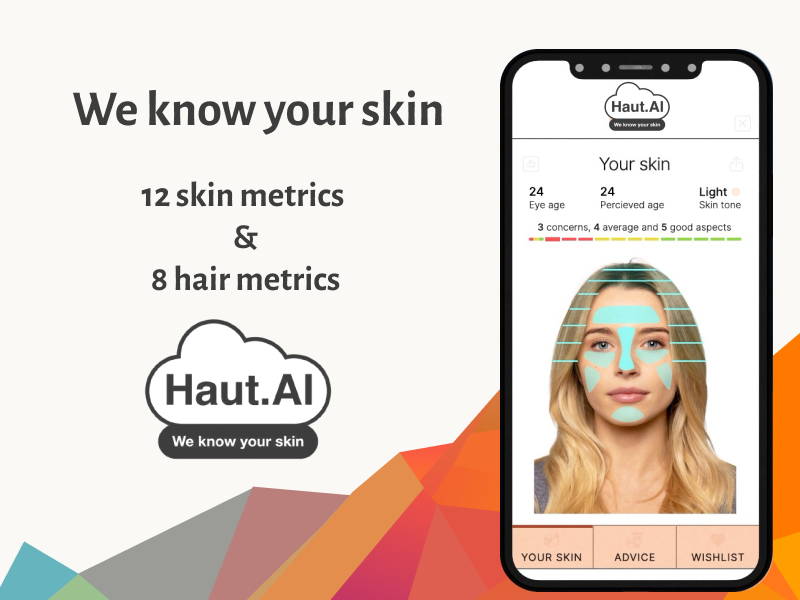The research paper, titled "Predicting human chronological age via AI analysis of dorsal hand versus facial images: A study in a cohort of Indian females," published in Experimental Dermatology Journal used two different AI models to predict a person's age. One model used images of the study participant's hands, HandAge model, while the other used images of their faces, FaceAge model. The study included 1,454 Indian women aged 20 to 80 from cities like Mumbai, New Delhi, and Bangalore, offering a wide range of skin tones for the AI to learn from.
The results showed that the HandAge convolutional neural network (CNN) model was almost as accurate as the one using facial images. The average error in age prediction was 4.7 years for hand images and 4.1 years for facial images. Both HandAge and FaceAge models had a high correlation with the actual ages of the people in the study.
“Our research demonstrates that your age can be determined just as accurately from a picture of your hands as from your face,” said Anastasia Georgievskaya, the CEO of Haut.AI. “This technology has the potential to address biases in facial recognition systems and offer an alternative when facial images are unavailable or undesirable.”
This research is especially noteworthy for ethnic skin, as it is the first AI model for age prediction based on a dataset featuring a diverse range of skin tones. The study underlines the significance of using varied datasets to create more inclusive AI systems.
An interesting part of the study was finding out which features the AI focused on to make its predictions. It was found that for facial analysis, areas around the eyes, nose, mouth, and forehead—often showing wrinkles and sagging—played a crucial role. For hands, key features were wrinkles, knuckles, and bone prominence. By examining how specific features on hands and faces affect the model's predictions, the research contributes to a deeper understanding of aging. These findings can now inform anti-aging treatments, suggesting that addressing these specific features could make individuals appear younger both to AI models and people.
Haut.AI is dedicated to promoting responsible AI development and fostering technology that benefits everyone. This breakthrough research represents a major step toward those objectives.
If you're curious about the science that backs up this study, you can read the full research paper here.
Article: Georgievskaya, A., Tlyachev, T., Kiselev, K., Hillebrand, G., Chekanov, K., Danko, D., Golodyaev, A., & Majmudar, G. (2024). Predicting human chronological age via AI analysis of dorsal hand versus facial images: A study in a cohort of Indian females. Experimental Dermatology, 33(3), e15045. https://doi.org/10.1111/exd.15045

